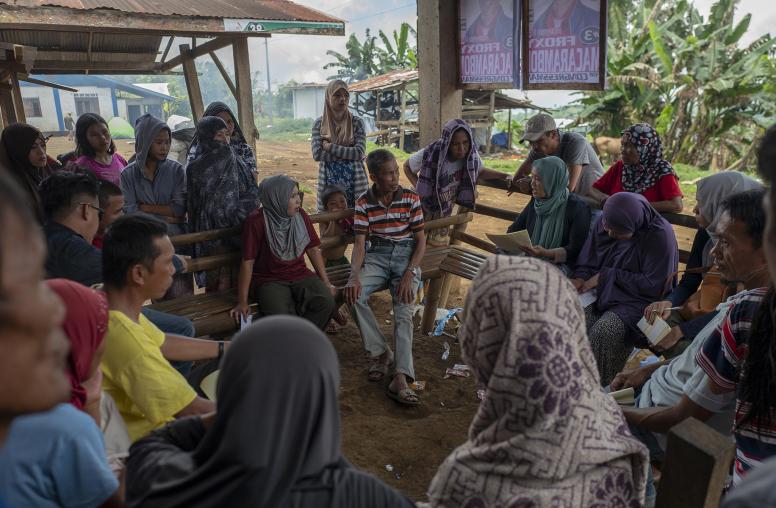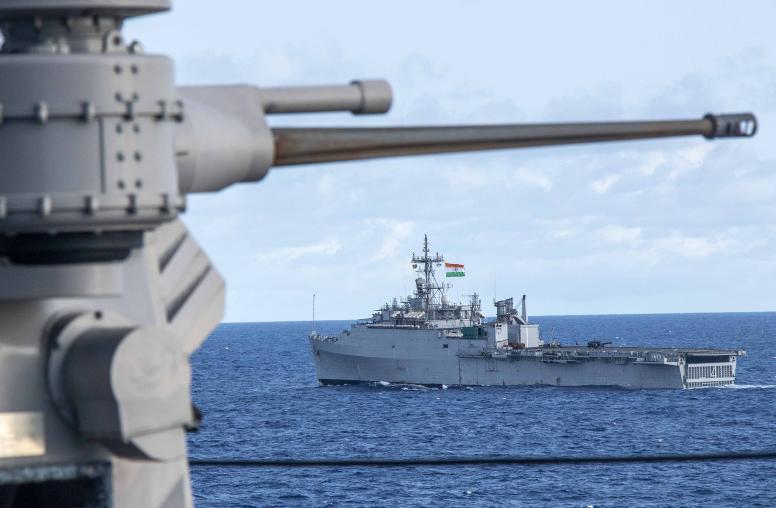Sensing and Shaping Emerging Conflicts
Report of a Workshop by the National Academy of Engineering and the United States Institute of Peace Roundtable on Technology, Science, and Peacebuilding
THE USIP BOOKSTORE IS TEMPORARILY UNAVAILABLE
On October 11, 2012, the Roundtable on Science, Technology, and Peacebuilding – a partnership between the U.S. Institute of Peace and the National Academy of Engineering – held a workshop in Washington, DC, to identify major opportunities and impediments to providing better real-time information to actors directly involved in environments where deadly violence could occur. This summary provides a synopsis of the day’s discussion.
Summary
A variety of technologies from cell phones and the Internet, to satellites and sensors are transforming the possibilities for ameliorating conflict and creating opportunities for peacebuilding. Rapid increases in the availability and utility of various communications devices are creating new paths for communication and information flow. In conflict, these paths provide powerful connections to individuals and groups outside of the conflict enabling more persuasive advocacy and quicker response. Monitoring and analysis of media, such as text, video, images, and audio, can yield valuable insights in developing strategies to mitigate or prevent emerging conflicts. Sensing and communication technologies will improve the detection of impending violent conflict and the options for response to such conflicts.
At the National Academies building on the Mall, Prabahkar Raghavan, the Vice President of Engineering for Google, and Lawrence Woocher, the Research Director of the Political Instability Task Force at Science Applications International Corporation (SAIC), convened a group of experts in information and communications technology (ICT) and in peacebuilding. The workshop’s goal was to better understand how to provide improved real-time information to actors in conflict environments.
Co-published by the U.S. Institute of Peace and the National Academy of Engineering, this summary offers an overview of the discussions held during the workshop. It is intended to help policy makers understand the opportunities for the use of information technology not only to sense emerging conflicts but also to create impactful interventions that positively shape the future trajectory of the conflicts.
Copyright 2013 by the National Academy of Sciences. All rights reserved.




